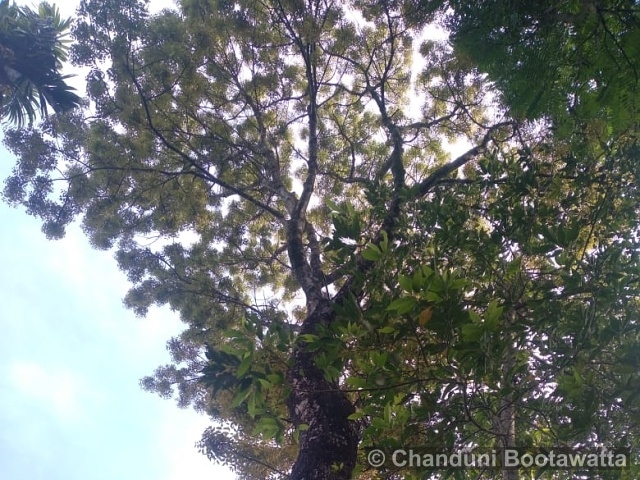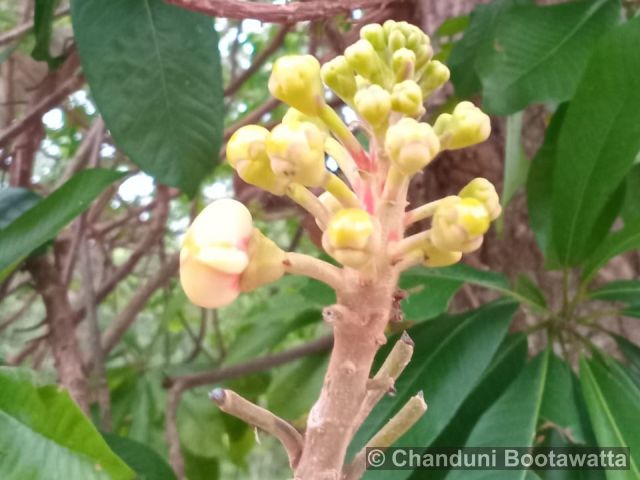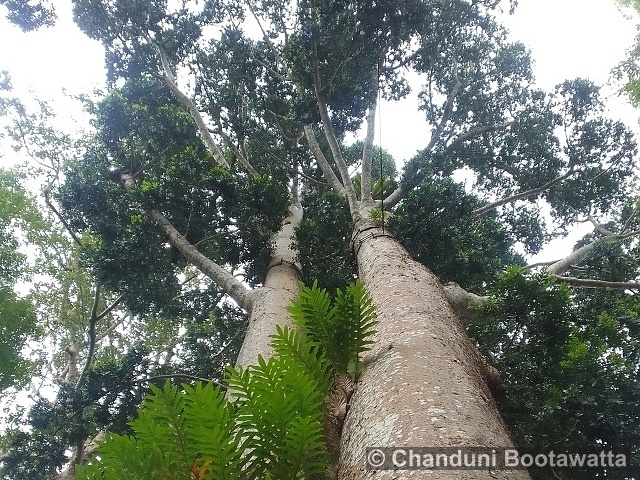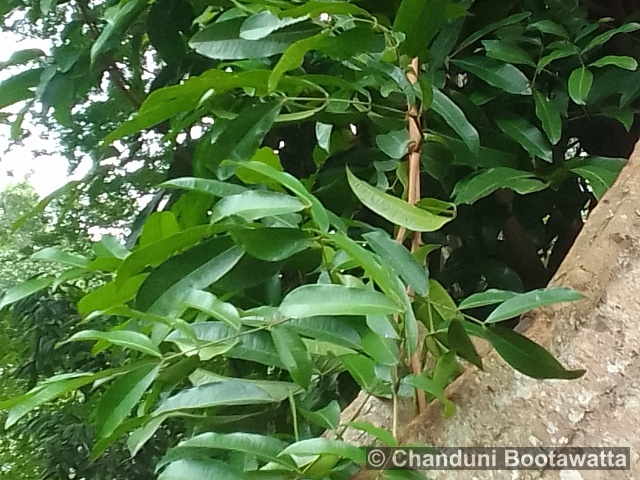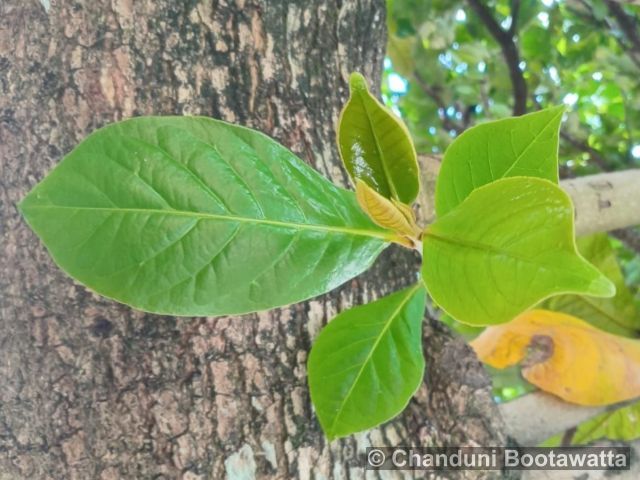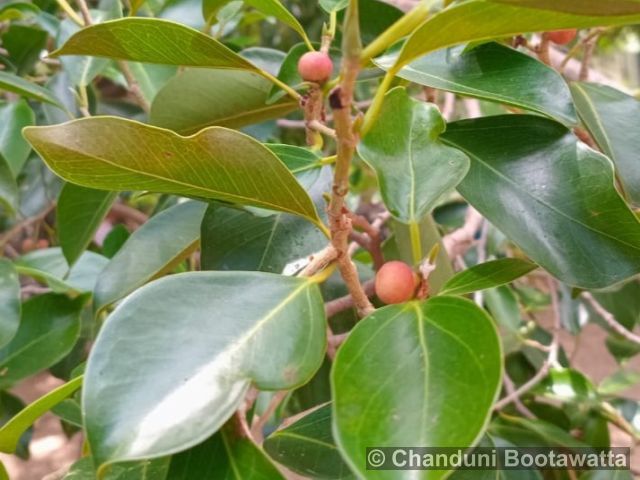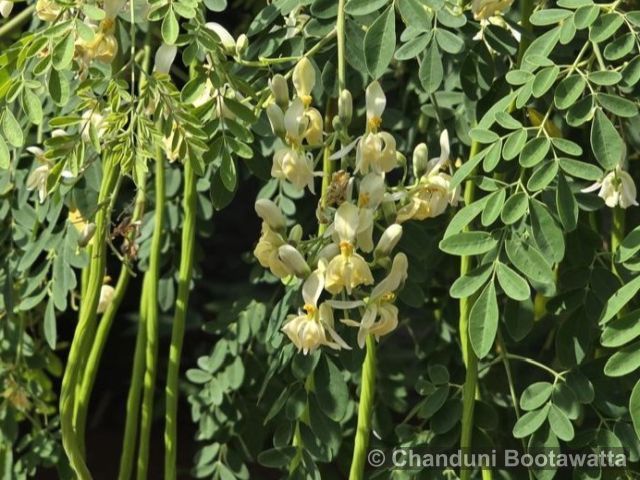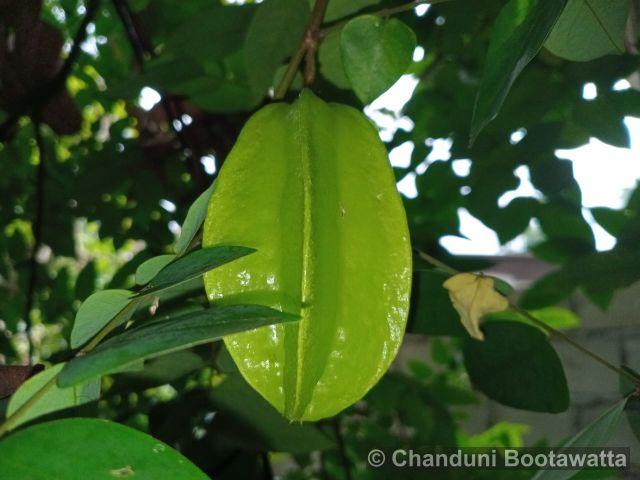Tento příspěvek byl přečten240krát!
Sri Lankan Toona tree, Indian Mahogany, red cedar, červený cedr
Syn.: Cedrela australis R. Mudie, Toona ciliata var. australis (F. Müll.) K.N. Bahadur, Toona australis (F. Müll.) Harms, Toona microcarpa (C. DC.) Harms, Cedrela toona Roxb. ex Willd., Cedrela toona Roxb. ex. Rottler, Cedrela velutina DC.
Family – Meliaceae, zederachovité
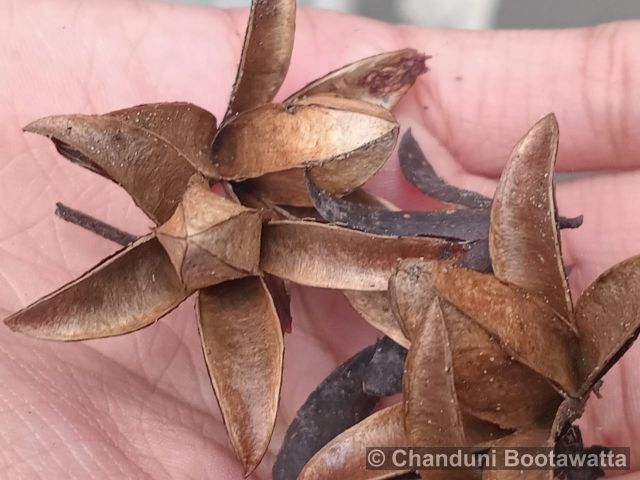
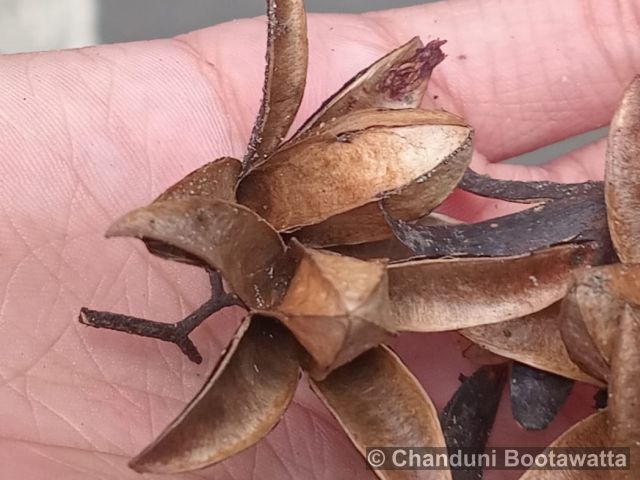
Description: It grows up to 20–30 meters tall, with a straight trunk, reddish-brown bark, and pinnate leaves. The tree produces small, fragrant, creamy-white flowers and elongated, woody capsules containing winged seeds.
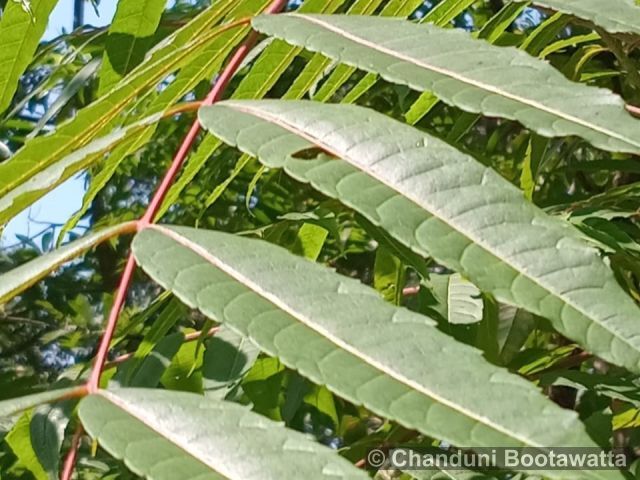
Substitutions – Swietenia macrophylla (Honduras Mahogany): Known for its high-quality timber, it’s an alternative for furniture and construction. – Tectona grandis (Teak): A durable and versatile timber tree used in furniture and building materials. – Cedrela odorata (Spanish Cedar): Similar in wood quality and used in furniture, paneling, and cigar boxes.
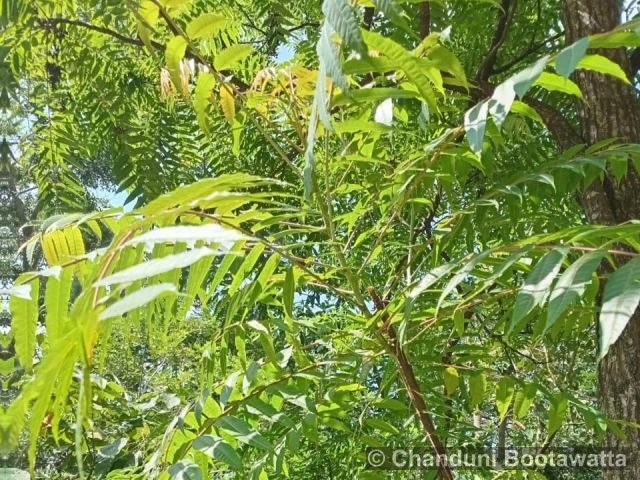
Ecology: Thrives in warm, tropical climates with temperatures between 20°C to 30°C, moderate to high rainfall of 1200–2500 mm annually, and well-drained, fertile soils ranging from sandy loam to clay loam.
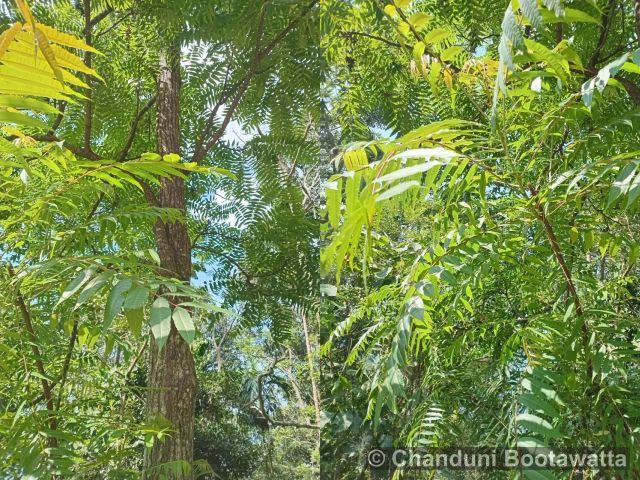
General Distribution: Generally distributed across South and Southeast Asia, including Sri Lanka, India, Nepal, Myanmar, and parts of southern China, as well as Australia and the Pacific islands.
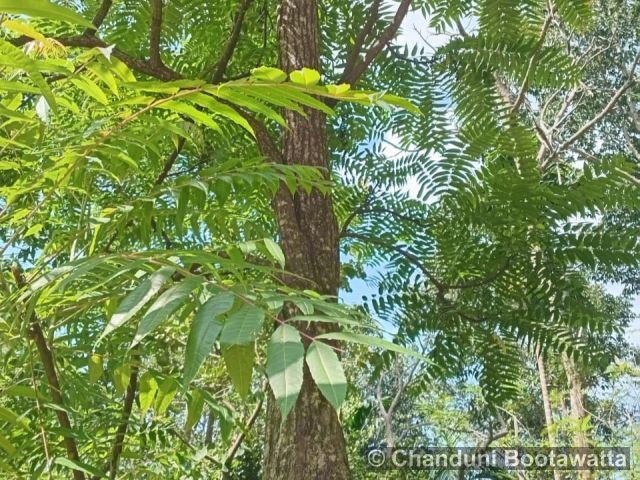
Use: Its timber is highly valued for its durability and is widely used in furniture, construction, and carving. Additionally, the bark and leaves are used in traditional medicine for treating wounds and fever, while the tree contributes to reforestation and agroforestry projects.
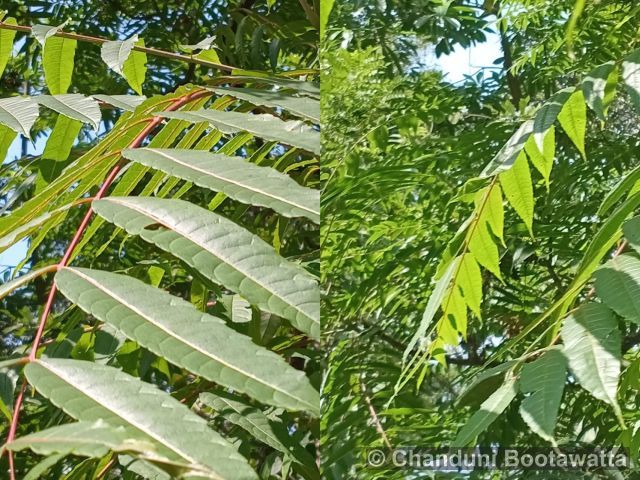
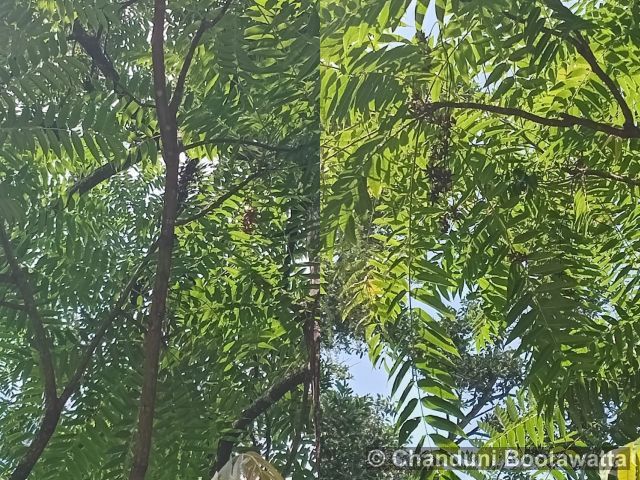
Author of text and photos: Chanduni Bootawatta.
Photographed in Ambuluwawa, Sri Lanka on 23 December 2024.



 Poslat emailem
Poslat emailem